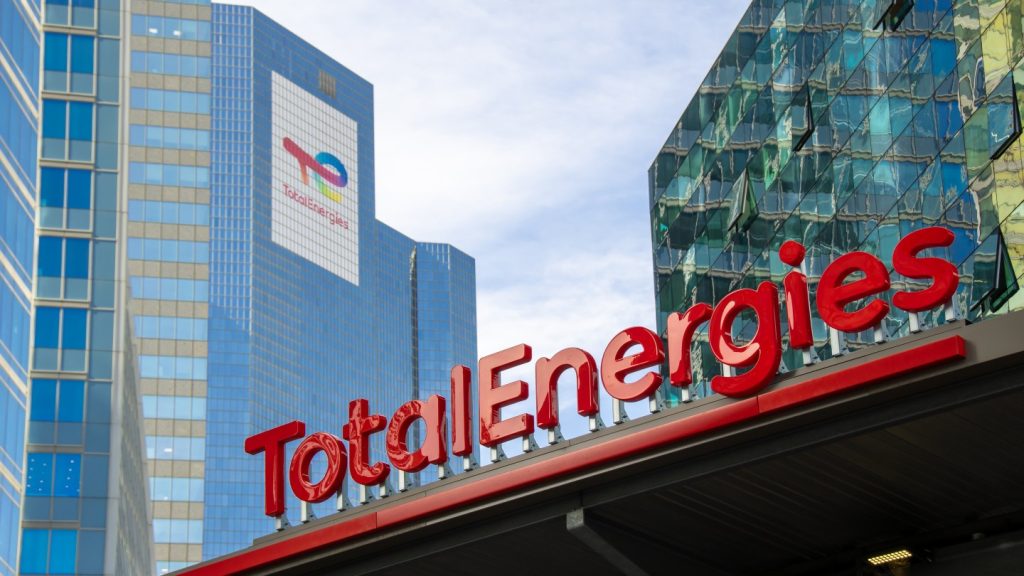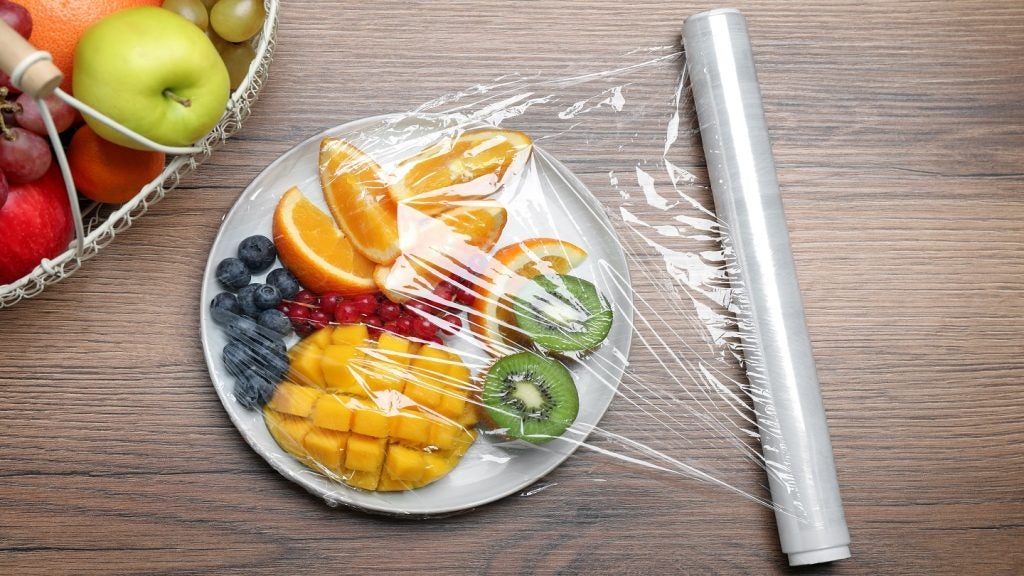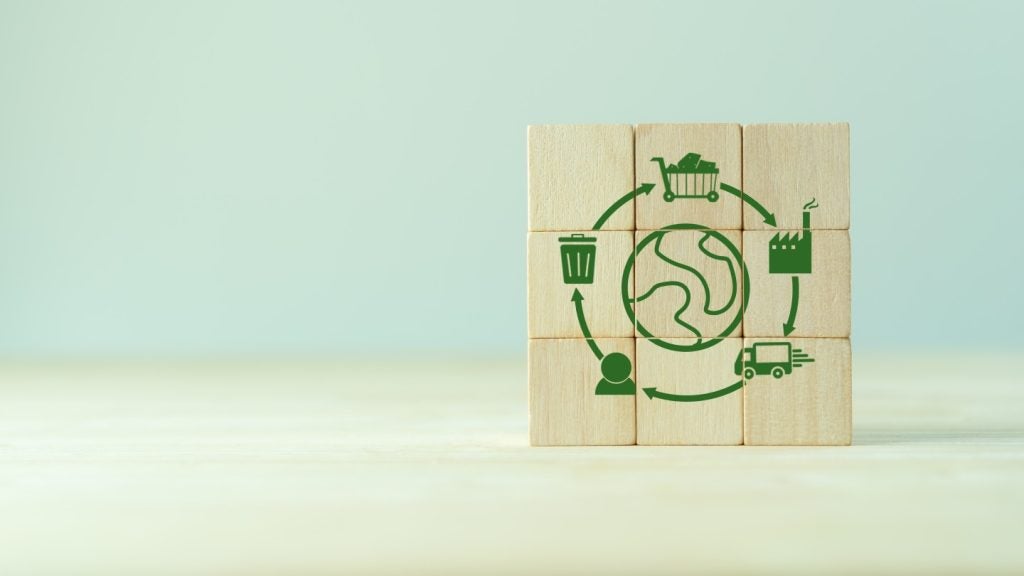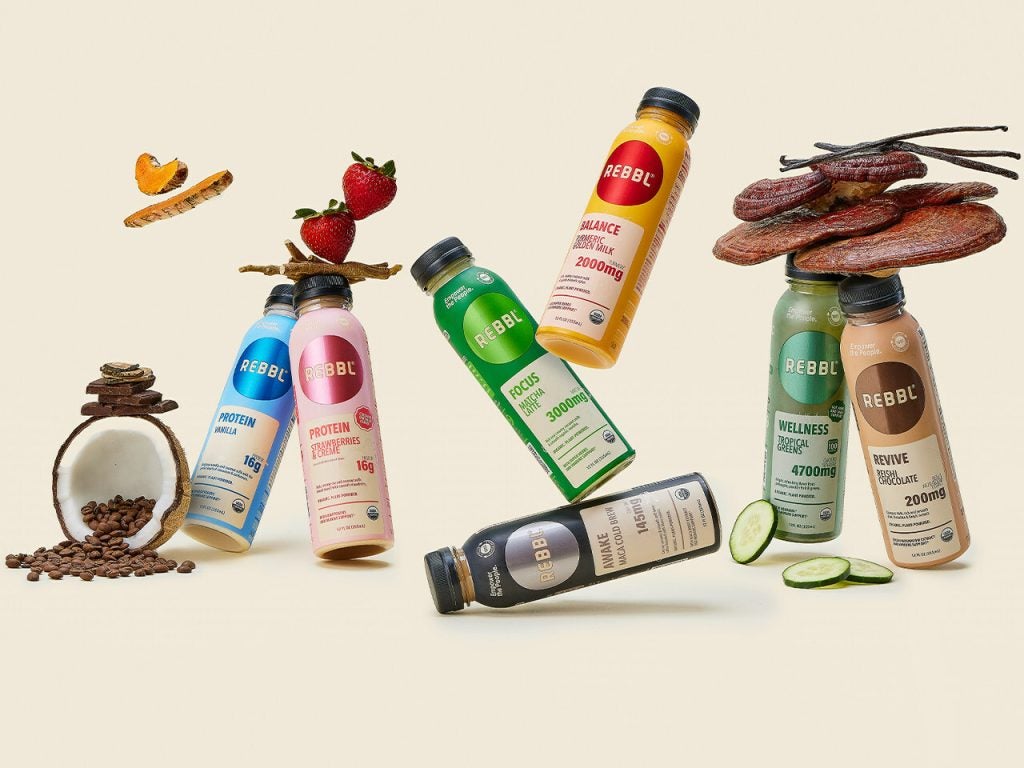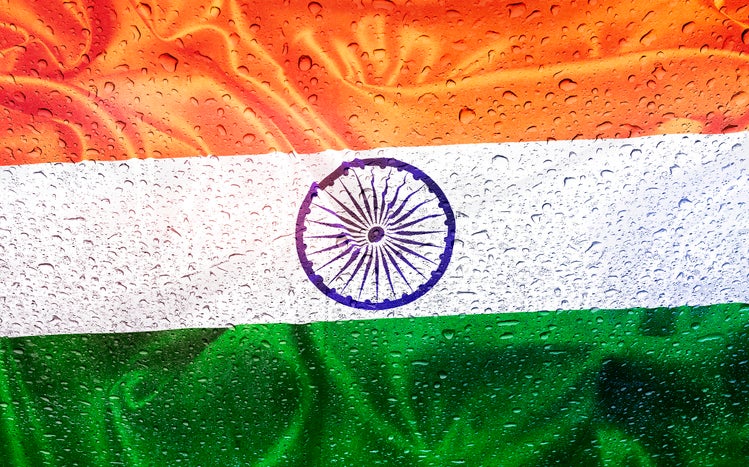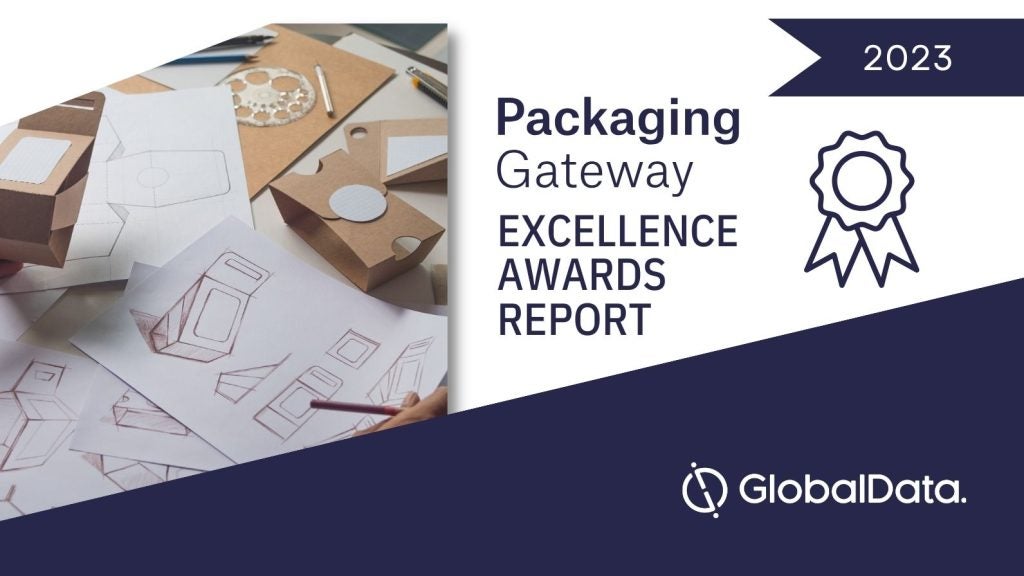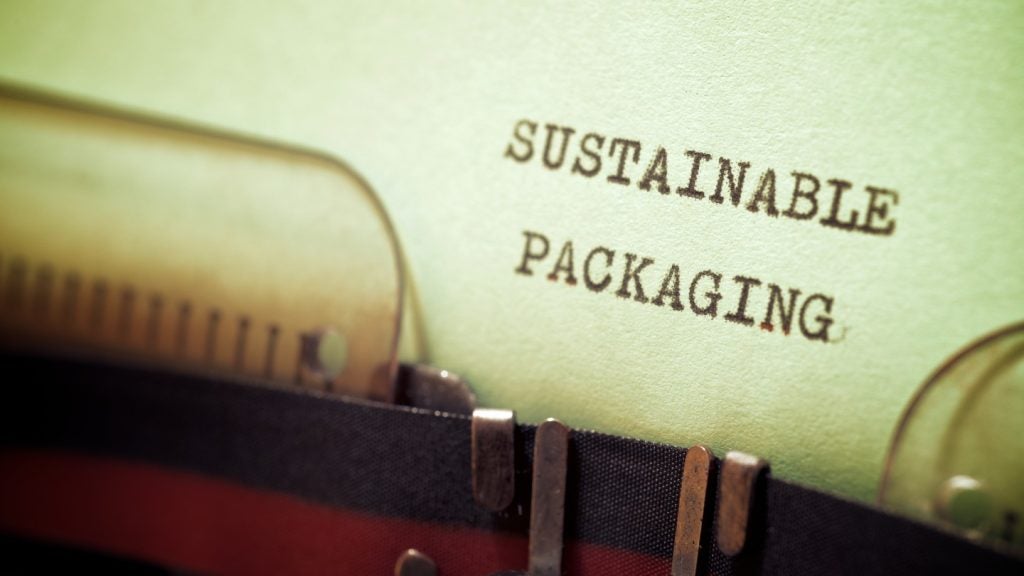Reusable takeaway packaging has the potential to make a compelling case for climate action compared to single-use alternatives, provided that return and washing systems are effectively optimised.
A recent study conducted by Eunomia Research & Consulting in collaboration with Zero Waste Europe, Reloop and TOMRA assessed the greenhouse gas (GHG) emissions associated with various types of packaging and found that reusable packaging significantly reduces emissions when compared to their single-use plastic or paper counterparts.
Cutting GHG emissions in takeaway packaging
The study, titled "Assessing Climate Impact: Reusable Systems vs Single-Use Takeaway Packaging," examined a wide range of common takeaway packaging items, including cups, burger boxes, bowls, pizza boxes and sushi containers.
It compared the GHG emissions of single-use packaging to reusable packaging within an optimised reuse system.
The research discovered that adopting reusable containers in a well-designed system can reduce GHG emissions for most packaging types, with the exception of pizza boxes, which may require further design innovations to realise the benefits of reuse.
Even a 20% reduction in the weight of a reusable pizza box, equivalent to 85 grams, could make reuse more favourable.
The breakeven point for reusable containers
The study also identified the breakeven point for reusable containers, where the carbon footprint of reuse matches that of single-use, within a robust return system.
It found that returning a bowl thirteen times or a coffee cup just six times is sufficient to break even, with any additional returns resulting in a net reduction in carbon emissions.
Envisioning a sustainable future
The report envisions a "near-future" scenario in 2030 where reusable packaging reaches a steady state, allowing for centralised collection, washing and redistribution.
The study calls upon policymakers to advocate for cleaner 2030 goals, especially as discussions on future reuse targets within the Packaging and Packaging Waste Regulations (PPWR) are set to commence.




